

Articles
How To Store Delicata Squash
Modified: December 7, 2023
Learn the best methods for storing delicata squash with this informative articles. Keep your squash fresh and delicious for longer periods.
(Many of the links in this article redirect to a specific reviewed product. Your purchase of these products through affiliate links helps to generate commission for Storables.com, at no extra cost. Learn more)
Introduction
Delicata squash, also known as sweet potato squash, is a delightful winter vegetable that offers a burst of flavor and a creamy texture. Its elongated shape, pale yellow or orange skin with green stripes, and small size make it an appealing addition to any meal. In this article, we will explore the art of storing delicata squash to preserve its freshness and enjoy its deliciousness for an extended period.
Understanding the characteristics of delicata squash is crucial for ensuring its optimal storage. Delicata squash belongs to the Cucurbitaceae family, which includes other popular squash varieties like butternut and acorn squash. Unlike its thicker-skinned relatives, delicata squash has a thin, edible skin that doesn’t require peeling, making it easier to incorporate into recipes.
Besides its convenience, delicata squash offers a range of nutritional benefits. It is low in calories and packed with vitamins A and C, which are essential for maintaining healthy skin and boosting the immune system. Delicata squash is also a good source of fiber, potassium, and manganese, making it a nutritious choice for those looking to enhance their overall well-being.
Now that we have established the importance of delicata squash, let’s delve into the process of selecting and harvesting this delightful vegetable to ensure superior flavor and extended shelf life.
Key Takeaways:
- Delicata squash, with its thin edible skin and sweet, creamy flesh, is a nutritious and versatile winter vegetable. Proper storage methods, including refrigeration and freezing, allow you to enjoy its delightful flavor all year round.
- To maintain the freshness and quality of delicata squash, avoid moisture, regularly inspect for spoilage, and trust your senses to determine its edibility. Embrace the unique flavors and textures of this delightful winter vegetable!
Read more: How To Store Squash
Understanding Delicata Squash
Delicata squash, scientifically known as Cucurbita pepo, is a winter squash variety that originates from North America. It is named after its delicate, thin skin, which distinguishes it from other squash varieties. Let’s explore what makes delicata squash unique.
What is Delicata squash? Delicata squash is a small to medium-sized winter squash with an elongated shape. It typically measures around 6 to 9 inches in length and weighs between 1 to 2 pounds. Its most recognizable feature is its thin skin, which is pale yellow or orange with dark green stripes. Unlike other winter squashes, delicata squash has an edible skin, eliminating the need for peeling.
Characteristics of Delicata squash: Apart from its slender shape and thin skin, delicata squash has a creamy, sweet flesh that is reminiscent of sweet potatoes. Its flesh is a vibrant orange color and has a smooth texture when cooked. The flavor profile of delicata squash can be described as slightly nutty and subtly sweet, making it a versatile ingredient in both savory and sweet dishes.
Nutritional benefits of Delicata squash: Delicata squash is not only a tasty addition to your meals but also a nutritional powerhouse. It is rich in essential vitamins and minerals that promote overall health and well-being. Delicata squash is an excellent source of vitamin A, which is crucial for maintaining healthy skin, vision, and immune function. It is also packed with vitamin C, which supports collagen production, boosts the immune system, and acts as an antioxidant.
In addition to vitamins, delicata squash is a good source of dietary fiber, providing about 5 grams per cup. Fiber aids in digestion, promotes satiety, and helps regulate blood sugar levels. Delicata squash also contains potassium, an electrolyte that supports proper heart and muscle function, and manganese, a mineral involved in metabolism and bone health.
With its delightful taste and remarkable nutritional benefits, delicata squash is undoubtedly a valuable addition to your diet. Now that we have explored the characteristics and health benefits of delicata squash, let’s move on to selecting and harvesting this delicious winter vegetable.
Selecting and Harvesting Delicata Squash
To ensure the best quality and flavor, it’s important to select and harvest delicata squash at the right time. Here are some tips to help you choose the perfect delicata squash and determine the optimal time for harvesting.
Choosing the right Delicata squash: When selecting delicata squash, look for ones that are firm and heavy for their size. Avoid squash with any soft spots, blemishes, or mold as these may indicate spoilage. Ideally, the skin should have vibrant colors and be free from any discoloration. Delicata squash with green stripes on the pale yellow or orange skin are often considered mature and ready for consumption.
Optimal time for harvesting Delicata squash: Unlike some other squash varieties, delicata squash does not require a long growing season. It typically takes around 90 to 100 days from planting to maturity. The best indicator for determining when to harvest delicata squash is the skin color. Once the skin turns a deep orange or yellow, and the stripes become dark green, it is a sign that the squash is ready for harvesting.
Harvesting delicata squash is relatively simple. Gently twist or cut the squash from the vine, making sure to leave a few inches of stem attached. The stem not only adds aesthetic appeal but also helps protect the squash from moisture loss and rot during storage. It’s crucial to handle delicata squash with care to avoid any bruises or cuts, as this can lead to spoilage.
Remember that proper timing and selection are key to enjoying the best quality delicata squash. Once you have harvested your delicata squash, it’s time to prepare it for storage to keep it fresh and delicious for an extended period.
Preparing Delicata Squash for Storage
Before storing delicata squash, it is important to properly prepare it to ensure maximum freshness and quality. Here are the essential steps for preparing delicata squash for storage.
Cleaning Delicata squash: Begin by gently scrubbing the exterior of the delicata squash under cool running water. This helps remove any dirt or debris that may be present on the skin. Use a soft brush or cloth to ensure a thorough cleaning. It is important to avoid using soap or harsh chemicals as these can affect the flavor and integrity of the squash.
Removing the stem and seeds: With delicata squash, it is recommended to leave the stem intact for better storage. The stem acts as a natural barrier, preventing moisture loss and reducing the risk of rot. However, if the stem is damaged or shows signs of decay, it is advisable to carefully cut it off using a clean knife. Ensure to leave a small portion of the stem attached to the squash.
Next, cut the delicata squash lengthwise using a sharp knife. With a spoon or a melon baller, scoop out the seeds and fibrous flesh from the center of each half. The seeds and flesh can be discarded, composted, or used in other culinary creations if desired.
Peeling or leaving the skin intact: One of the advantages of delicata squash is its edible skin. Whether you decide to peel the squash or leave the skin intact depends on personal preference and the intended use of the squash. Peeling the squash can result in a smoother texture and a more uniform appearance, which may be preferable for certain recipes. However, leaving the skin can add a pleasant chewiness and additional nutrients to your dishes.
If you choose to peel the delicata squash, use a vegetable peeler or a sharp knife to remove the skin carefully. Take care not to remove too much flesh along with the skin. However, if you decide to keep the skin, make sure to thoroughly wash and dry the squash to remove any remaining dirt or residue.
By following these steps, you can ensure that your delicata squash is clean and prepared for storage. Now, let’s explore the various methods of storing delicata squash to preserve its flavor and extend its shelf life.
Store delicata squash in a cool, dry place with good air circulation, such as a pantry or cellar. Avoid storing in the refrigerator, as it can cause the squash to spoil quickly.
Methods of Storing Delicata Squash
Once delicata squash is properly prepared, it’s important to store it correctly to maintain its freshness and flavor. Here are three different methods for storing delicata squash:
1. Storing Delicata squash at room temperature: Delicata squash can be stored at room temperature for a short period, typically up to a week. Choose a cool and dry area, such as a pantry or countertop, away from direct sunlight and heat sources. Ensure that the squash is placed on a flat surface to prevent any misshaping or bruising. Regularly inspect the squash for any signs of spoilage, such as soft spots or mold, and remove any affected ones promptly.
2. Refrigerating Delicata squash: If you want to extend the shelf life of delicata squash, refrigeration is a viable option. Place the squash in a perforated plastic bag or wrap it in a paper towel to absorb excess moisture. This helps prevent the squash from becoming mushy or developing mold. Store the wrapped or bagged squash in the vegetable crisper drawer of your refrigerator, where the temperature is typically between 45°F and 50°F (7°C and 10°C).
Keep in mind that delicate squash may last up to a few weeks when refrigerated. However, refrigeration may affect the texture of the flesh, making it slightly softer. Therefore, it is advisable to use refrigerated delicata squash within two weeks for the best flavor and texture.
3. Freezing Delicata squash: Freezing delicata squash is an excellent option if you have a large quantity or want to extend the storage time for several months. Start by preparing the squash as usual, removing the skin, seeds, and fibrous flesh. Cut the squash into desired shapes, such as cubes or slices.
To freeze the delicata squash, blanch the pieces in boiling water for about 2 to 3 minutes. This helps preserve the texture and color of the squash. After blanching, quickly transfer the pieces into an ice bath to halt the cooking process. Drain and pat them dry with a clean towel.
Next, arrange the blanched and dried delicata squash pieces in a single layer on a baking sheet lined with parchment paper. Freeze them for a few hours until they are partially frozen. Then, transfer the partially frozen pieces into freezer-safe bags or airtight containers, removing any excess air before sealing tightly.
Store the delicata squash in the freezer at a temperature of 0°F (-18°C) or below. Properly frozen, delicata squash can last for up to 3 to 4 months. To use the frozen squash, simply thaw it in the refrigerator overnight or cook it directly from frozen, depending on your recipe.
By utilizing these storing methods, you can enjoy the deliciousness of delicata squash all year round. However, make sure to follow the recommended storage times and conditions to maintain the best quality of the squash.
Read more: How To Store Squash Blossoms
Tips for Maintaining the Quality of Stored Delicata Squash
To ensure that your stored delicata squash remains fresh and flavorful, it’s important to follow a few simple tips. By implementing these strategies, you can prolong the shelf life of the squash and prevent any potential spoilage. Here are some helpful tips for maintaining the quality of stored delicata squash:
1. Avoiding moisture and humidity: Delicata squash should be stored in a cool, dry environment to prevent the growth of mold or bacteria. Moisture can accelerate the decay process and cause the squash to spoil quickly. Ensure that the storage area is well-ventilated and has low humidity levels. Avoid storing delicata squash near sources of moisture, such as sinks or refrigerators with high humidity settings.
2. Inspecting for signs of spoilage: Regularly inspect your stored delicata squash for any signs of spoilage. Look for soft spots, mold, or any discoloration on the skin. If you notice any of these indicators, promptly remove the affected squash to prevent the spread of decay. Remember that one spoiled squash can quickly affect the others, so it’s important to inspect them regularly and act accordingly.
3. Determining if Delicata squash is still safe to eat: If you’re unsure whether a delicata squash is still safe to eat, use your senses to assess its condition. Give it a gentle squeeze – a firm and intact squash is a good sign. However, if it feels soft or mushy, it may have started to deteriorate. Additionally, check for any off-putting smells. While delicata squash should have a mild, slightly sweet aroma, a strong or unpleasant smell could indicate spoilage.
When in doubt, it’s always best to err on the side of caution and discard a delicata squash that appears spoiled or has been stored for an extended period. It’s important to prioritize food safety and consume only fresh and healthy produce.
By following these tips, you can maintain the quality and flavor of your stored delicata squash. Enjoy the versatility and deliciousness of this winter vegetable in various culinary creations throughout the year!
Conclusion
Delicata squash is a versatile and delicious winter vegetable that deserves a place in our kitchens. Whether you’re looking to add a nutritious side dish, create a comforting soup, or experiment with new culinary creations, delicata squash offers a delightful flavor and a creamy texture that will satisfy your taste buds.
By understanding the characteristics of delicata squash and selecting the right ones, you can ensure the best quality and flavor. Harvesting delicata squash at the optimal time allows you to enjoy its vibrant colors and sweet taste. Preparing delicata squash for storage, whether by cleaning, removing the stem and seeds, or deciding whether to peel, gives you the flexibility to adapt it to various recipes.
When it comes to storing delicata squash, there are multiple options. Storing at room temperature, refrigerating, or freezing each have their own benefits and allow you to enjoy delicata squash throughout the year. Remember to follow the recommended storage times and conditions to maintain the best quality of the squash.
To maintain the freshness and quality of stored delicata squash, it’s essential to avoid moisture and humidity, regularly inspect for signs of spoilage, and use your senses to determine if a squash is still safe to eat. Prioritizing food safety ensures that you and your family can enjoy the deliciousness of delicata squash without any concerns.
In conclusion, delicata squash is not only a delightful addition to our meals but also a nutritious vegetable that offers a range of health benefits. With proper storage techniques and careful attention to freshness, you can continue to enjoy the unique flavors and textures of delicata squash all year round. So go ahead, embrace the bounty of winter and savor the delectable taste of delicata squash!
Frequently Asked Questions about How To Store Delicata Squash
Was this page helpful?
At Storables.com, we guarantee accurate and reliable information. Our content, validated by Expert Board Contributors, is crafted following stringent Editorial Policies. We're committed to providing you with well-researched, expert-backed insights for all your informational needs.
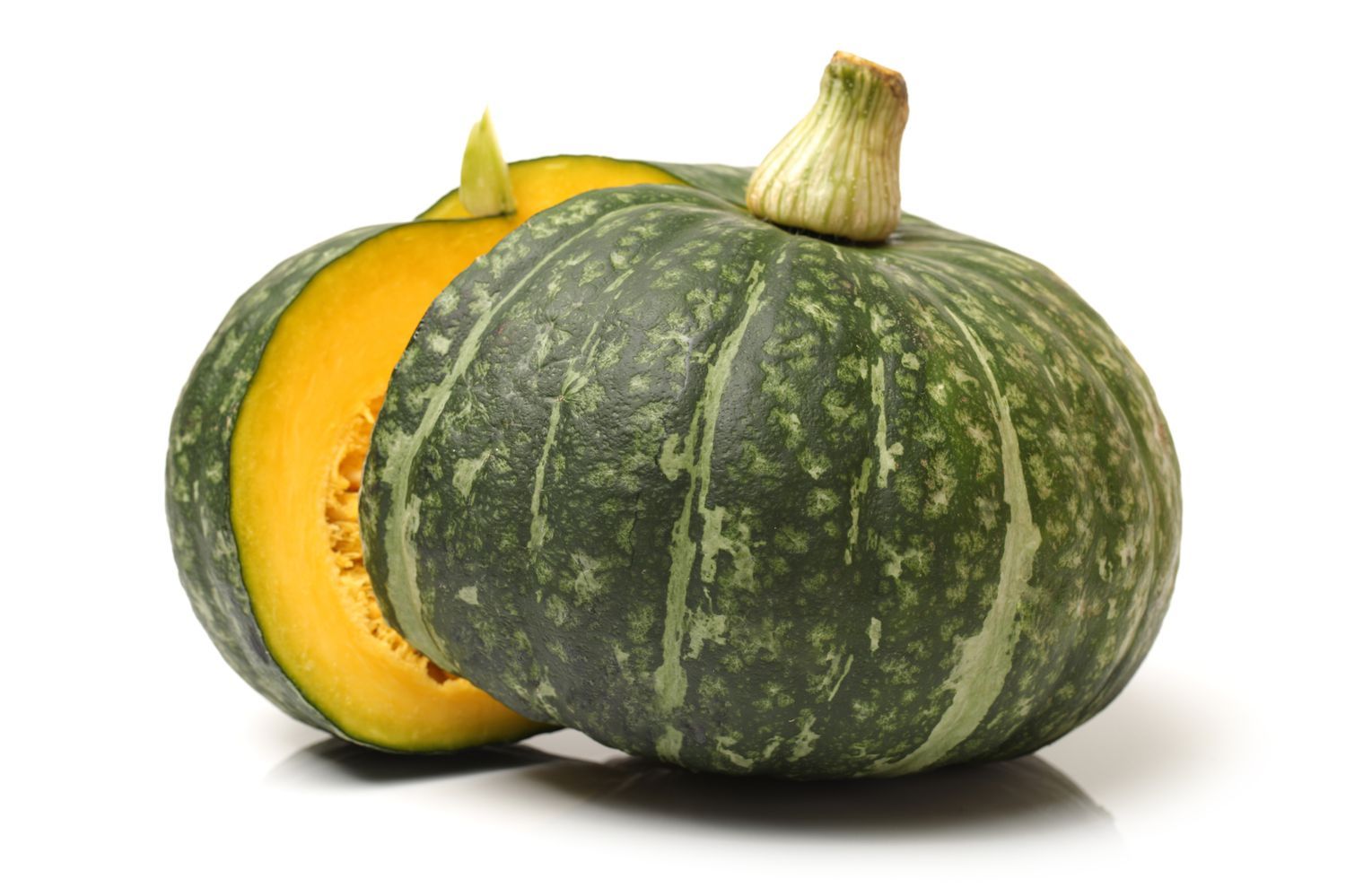
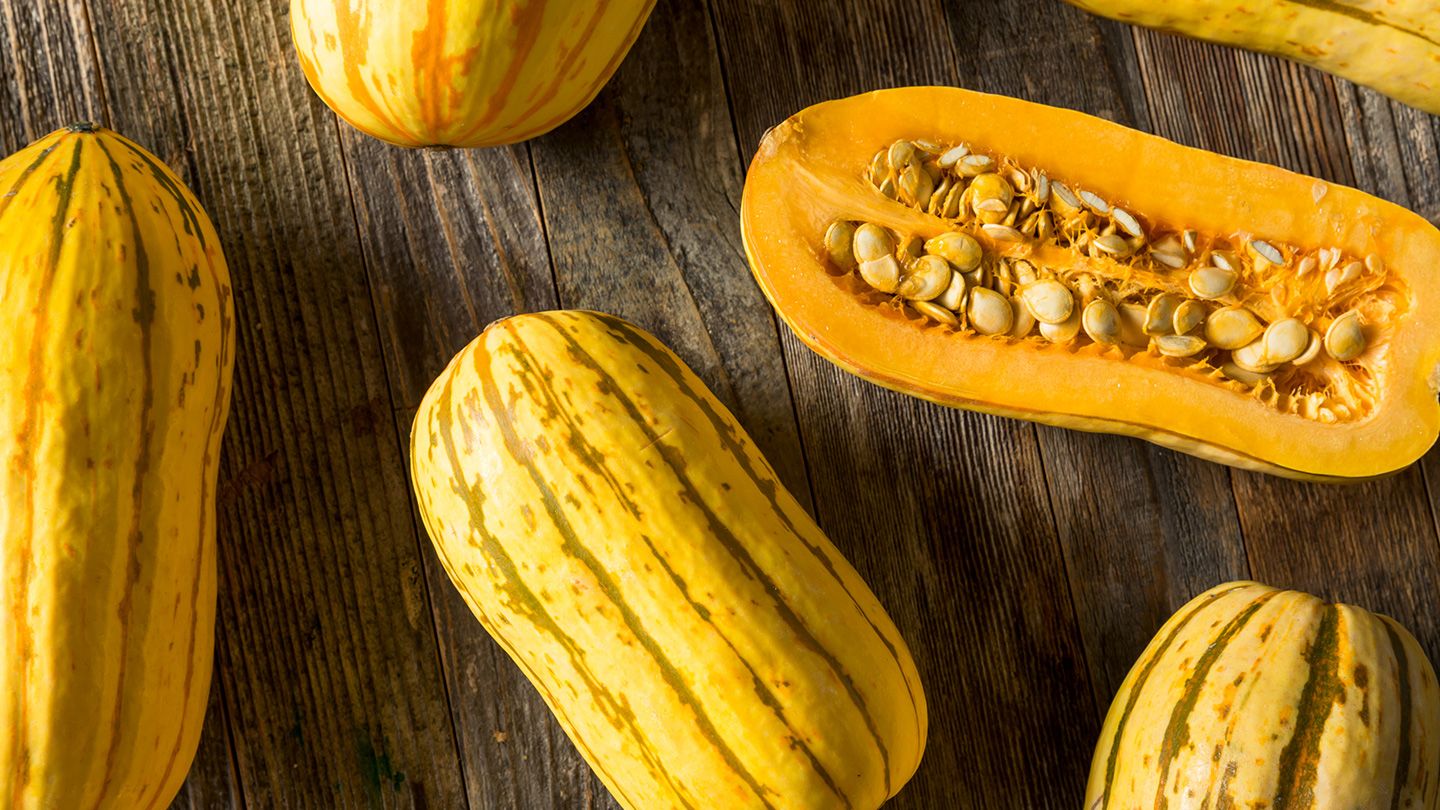

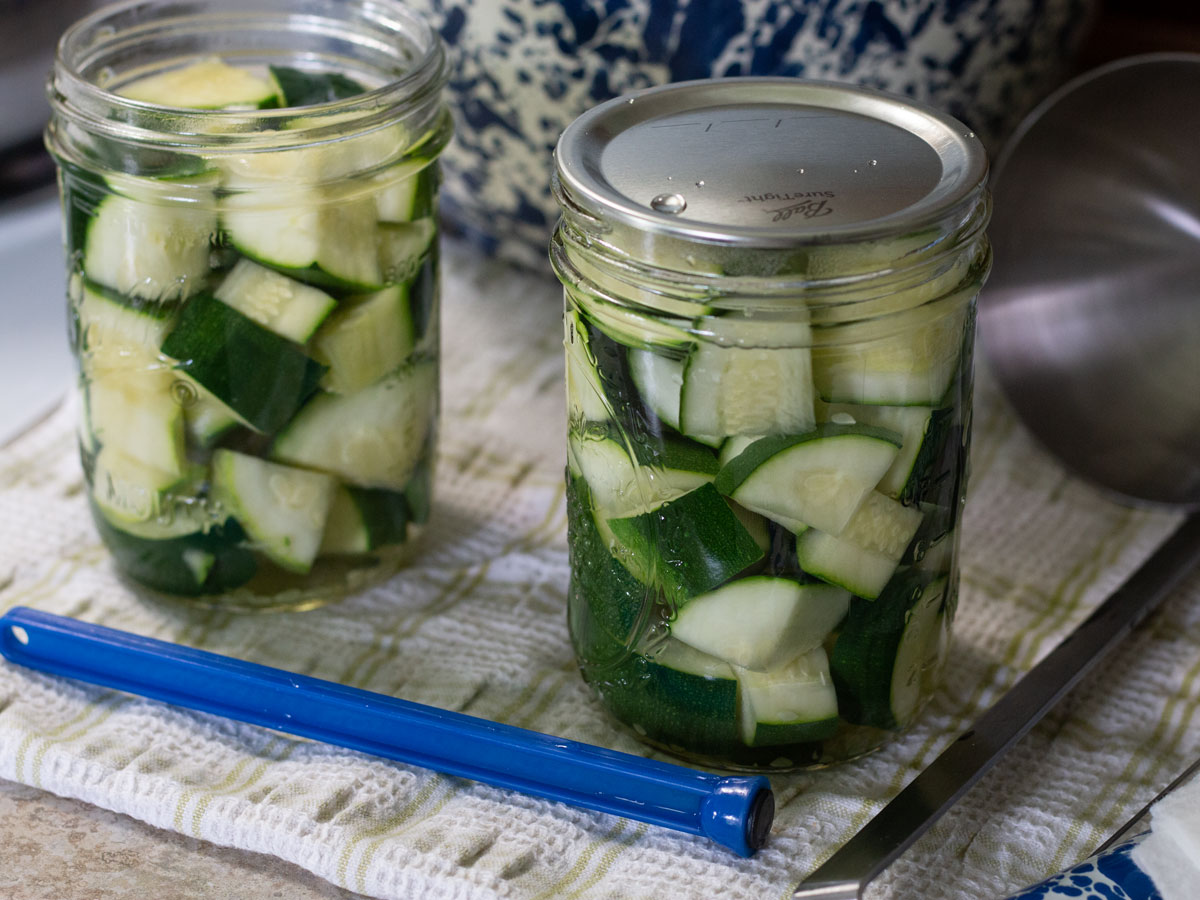
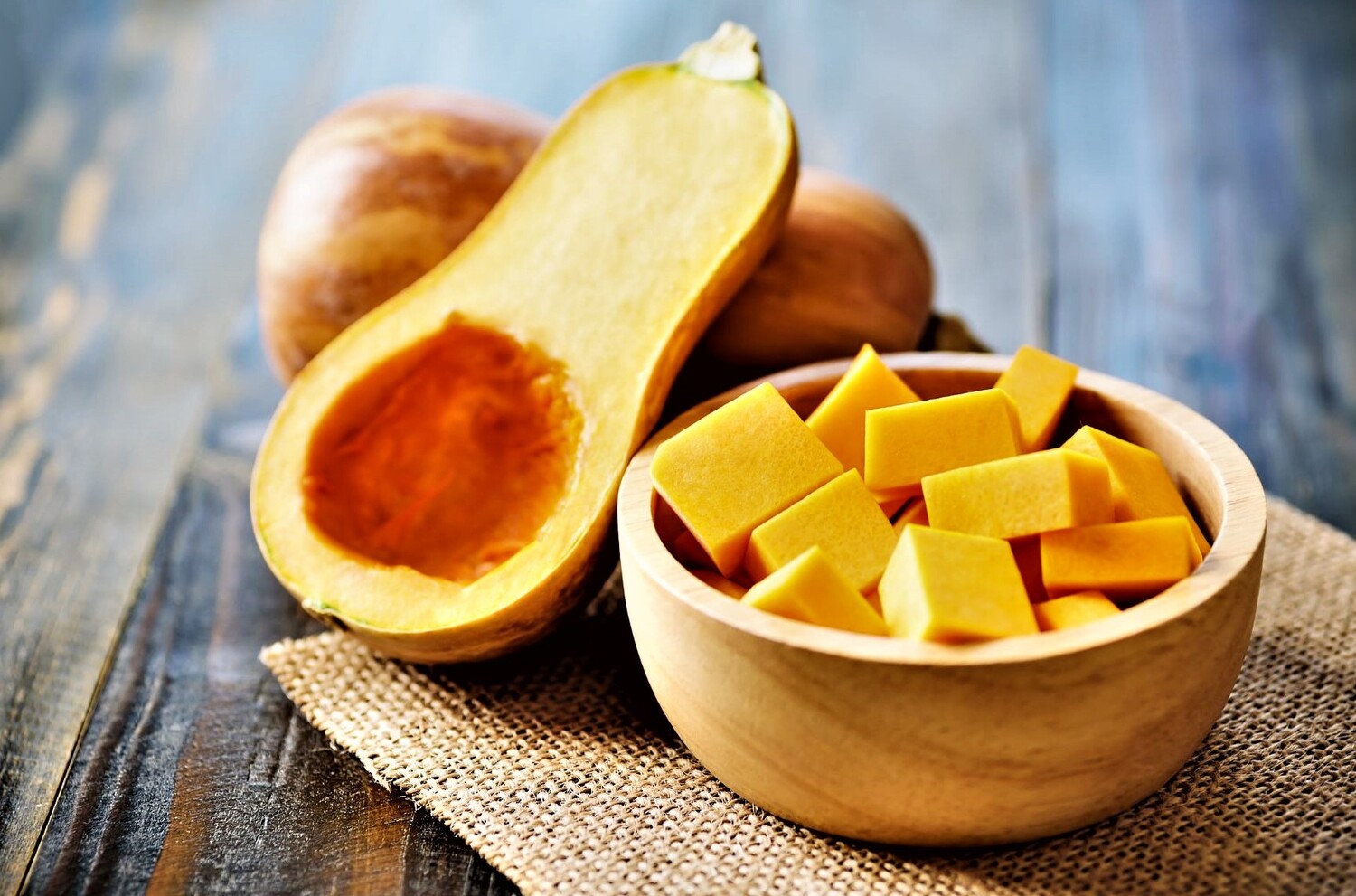

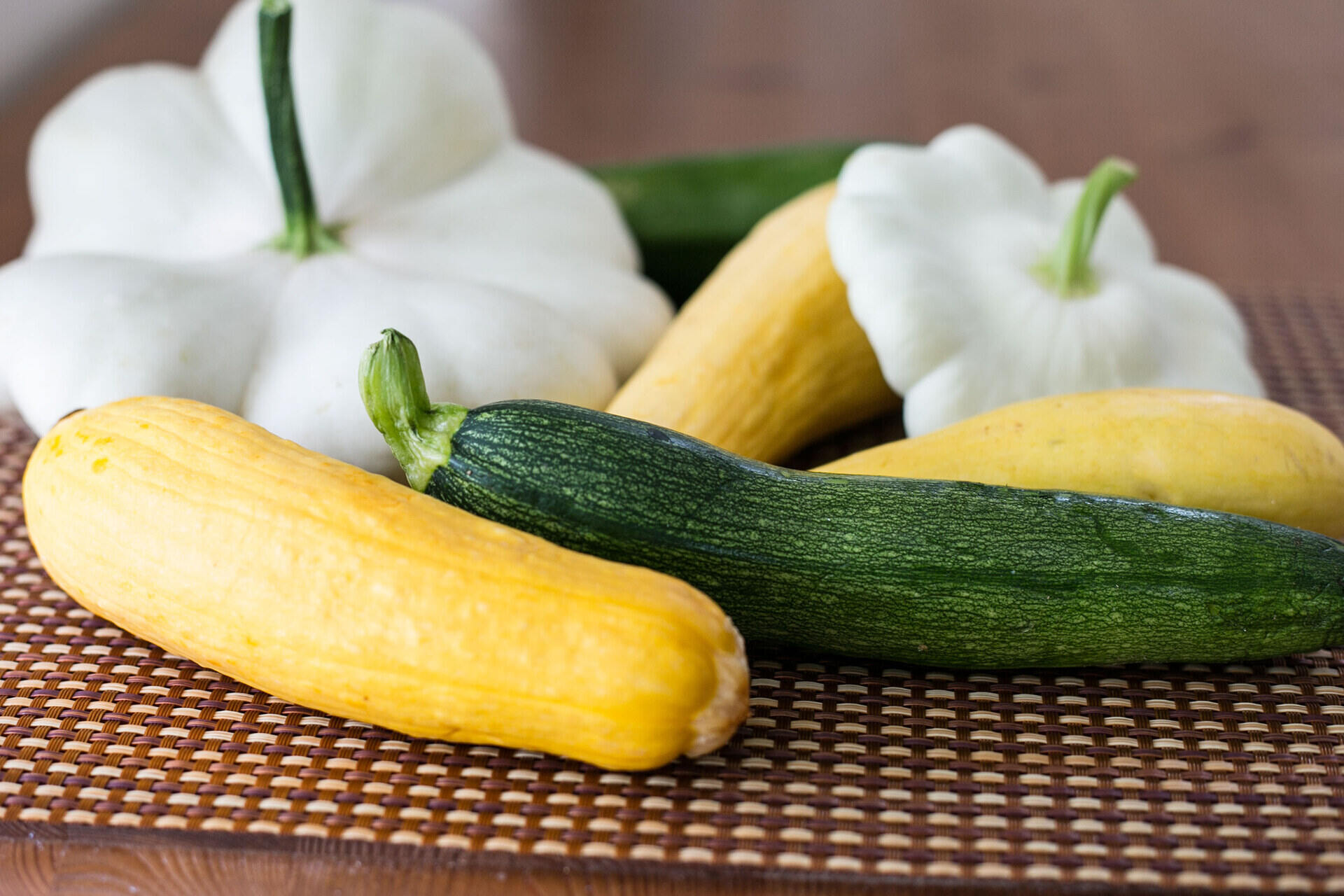
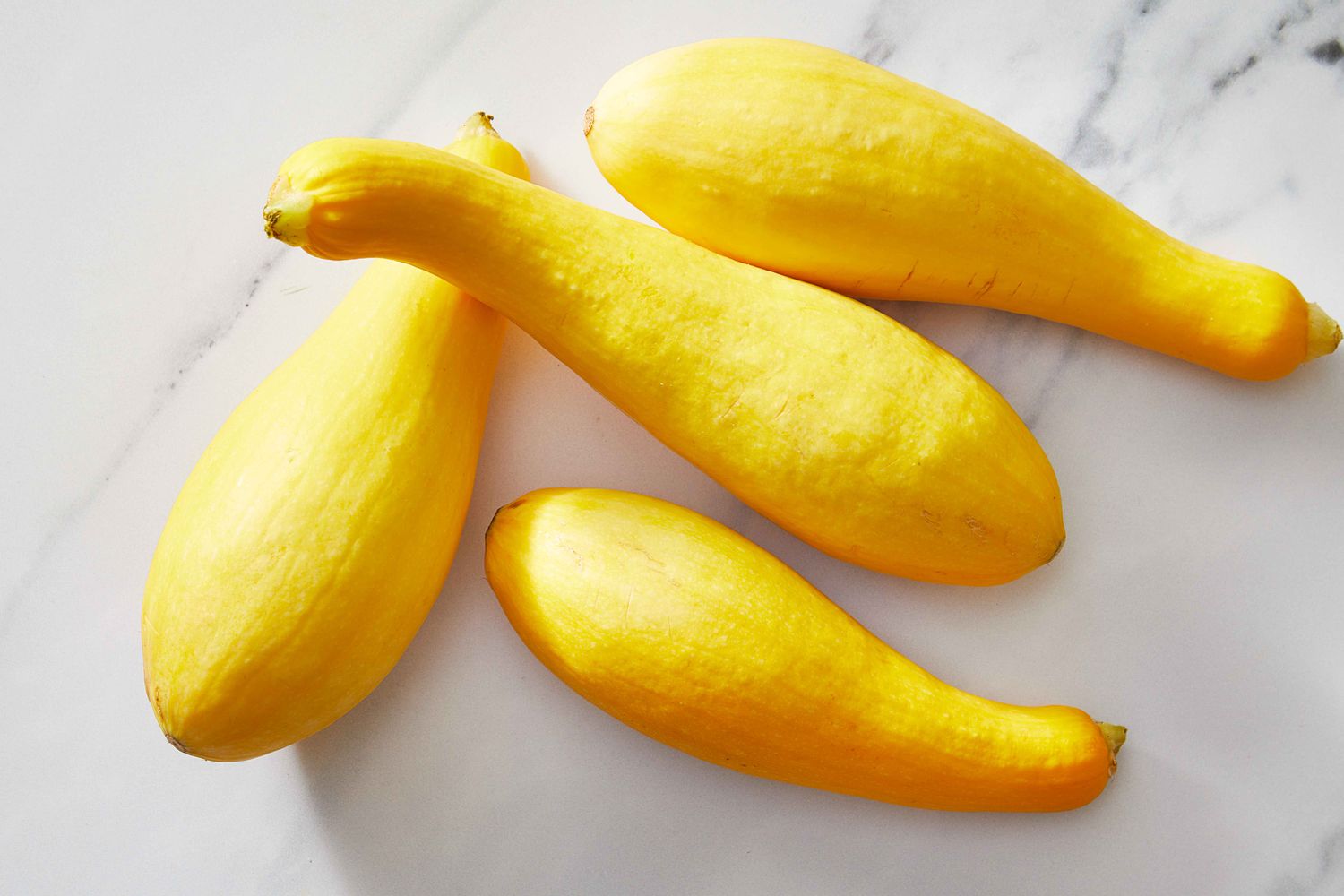

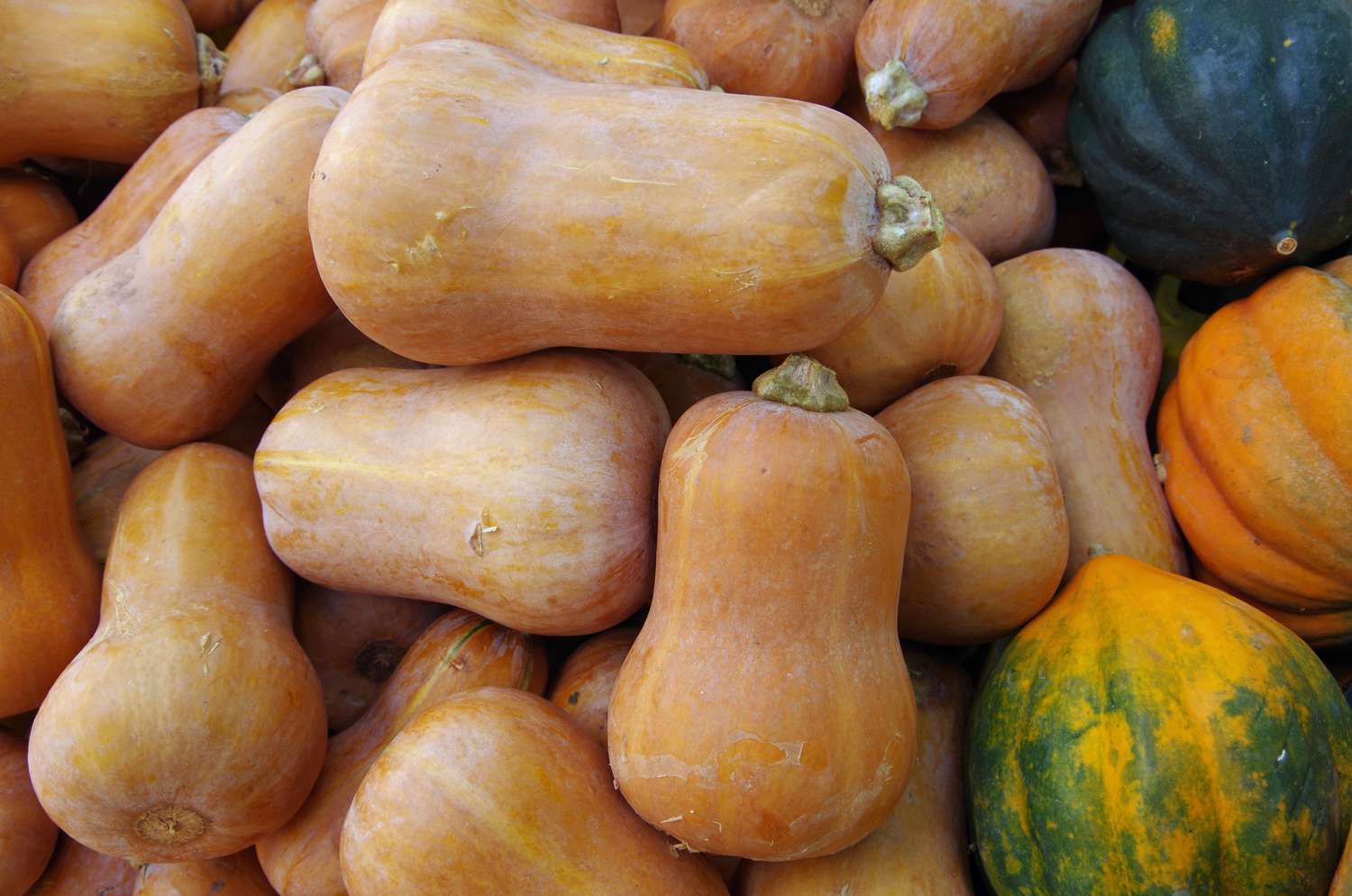
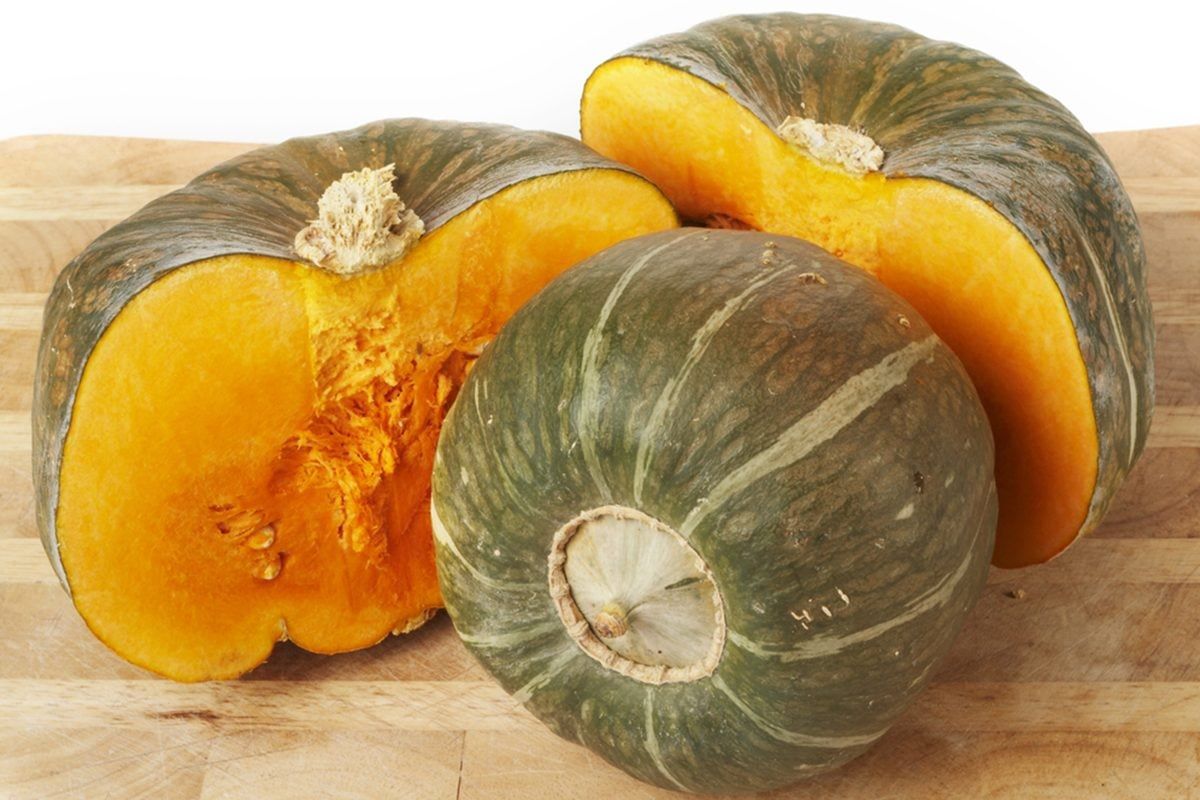
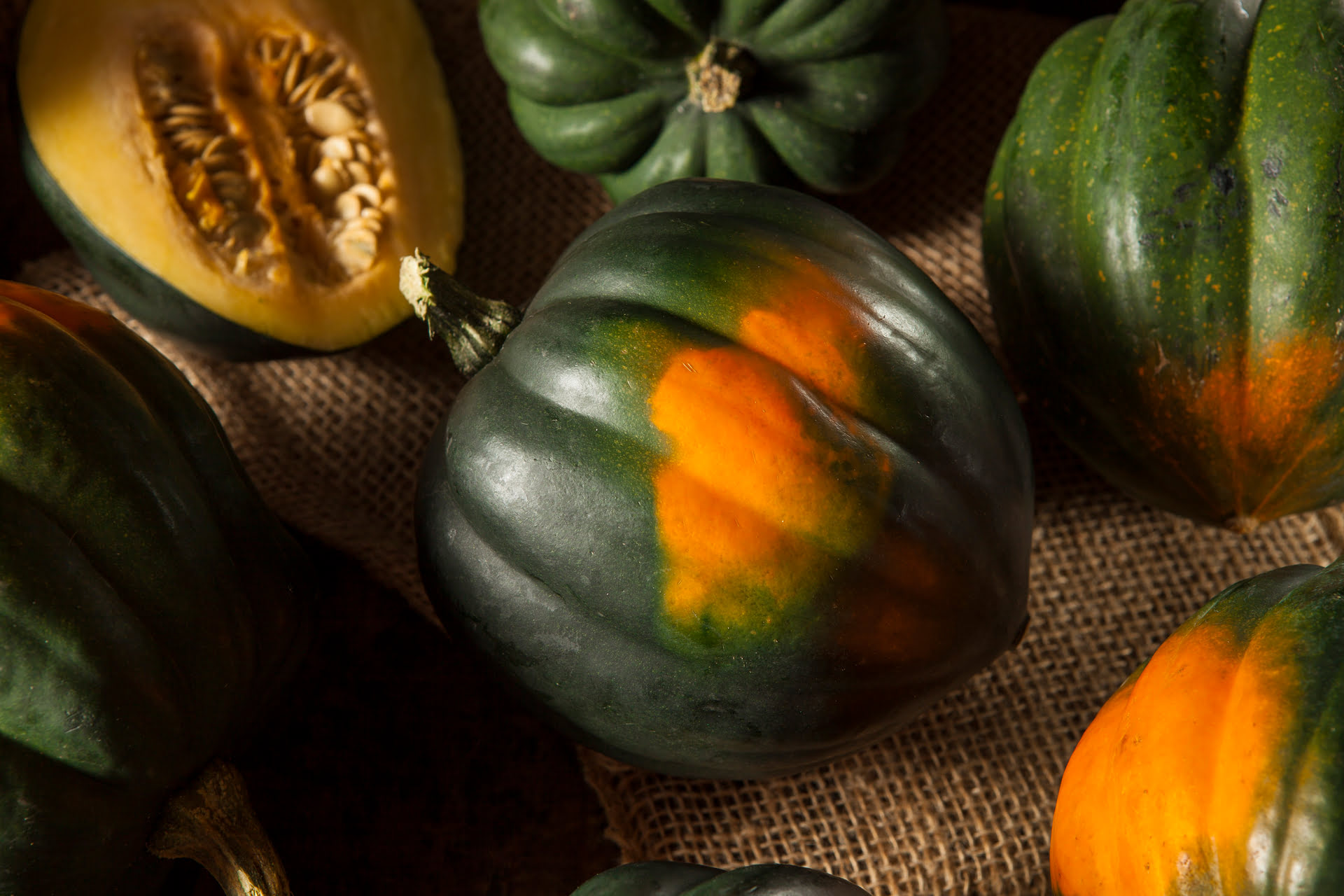
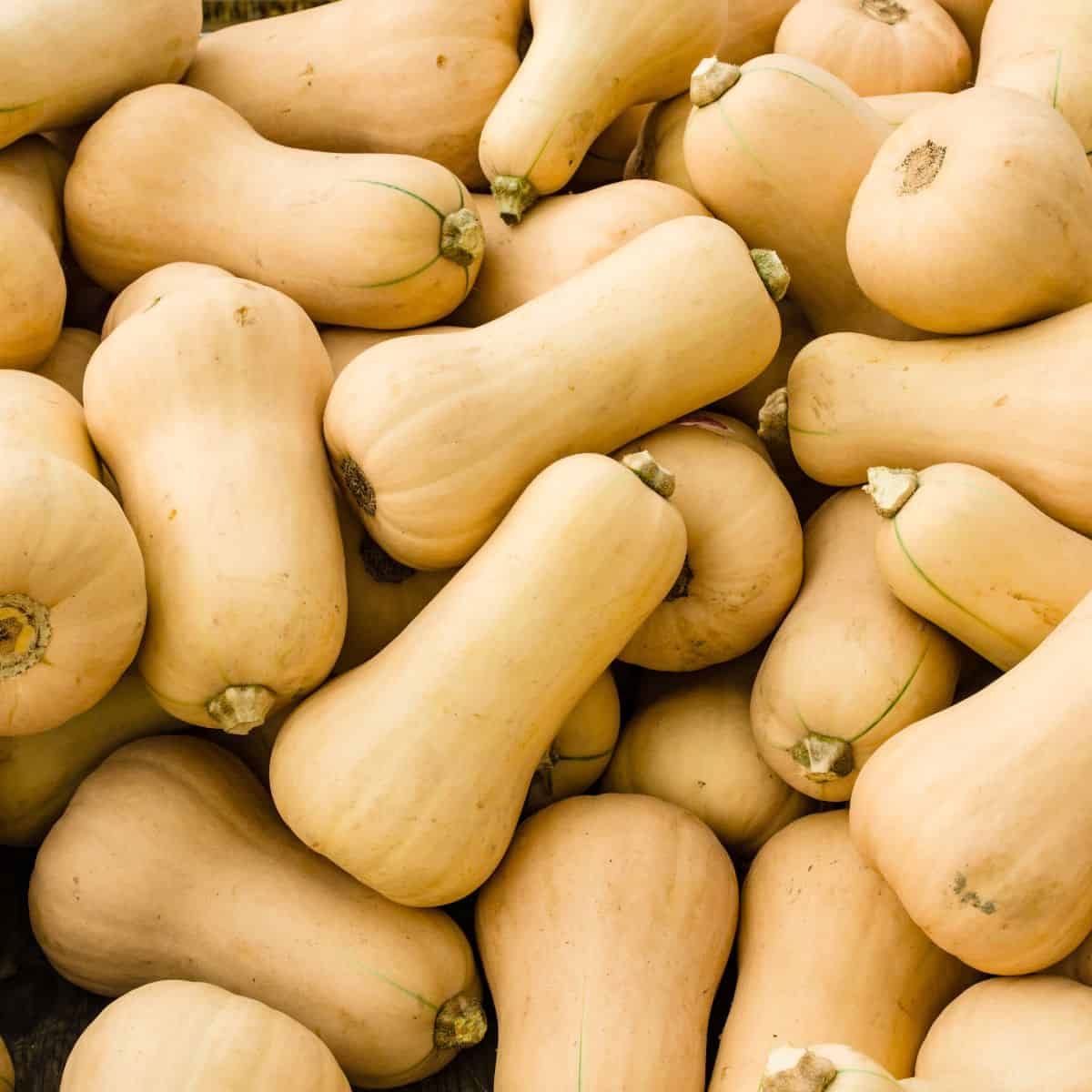
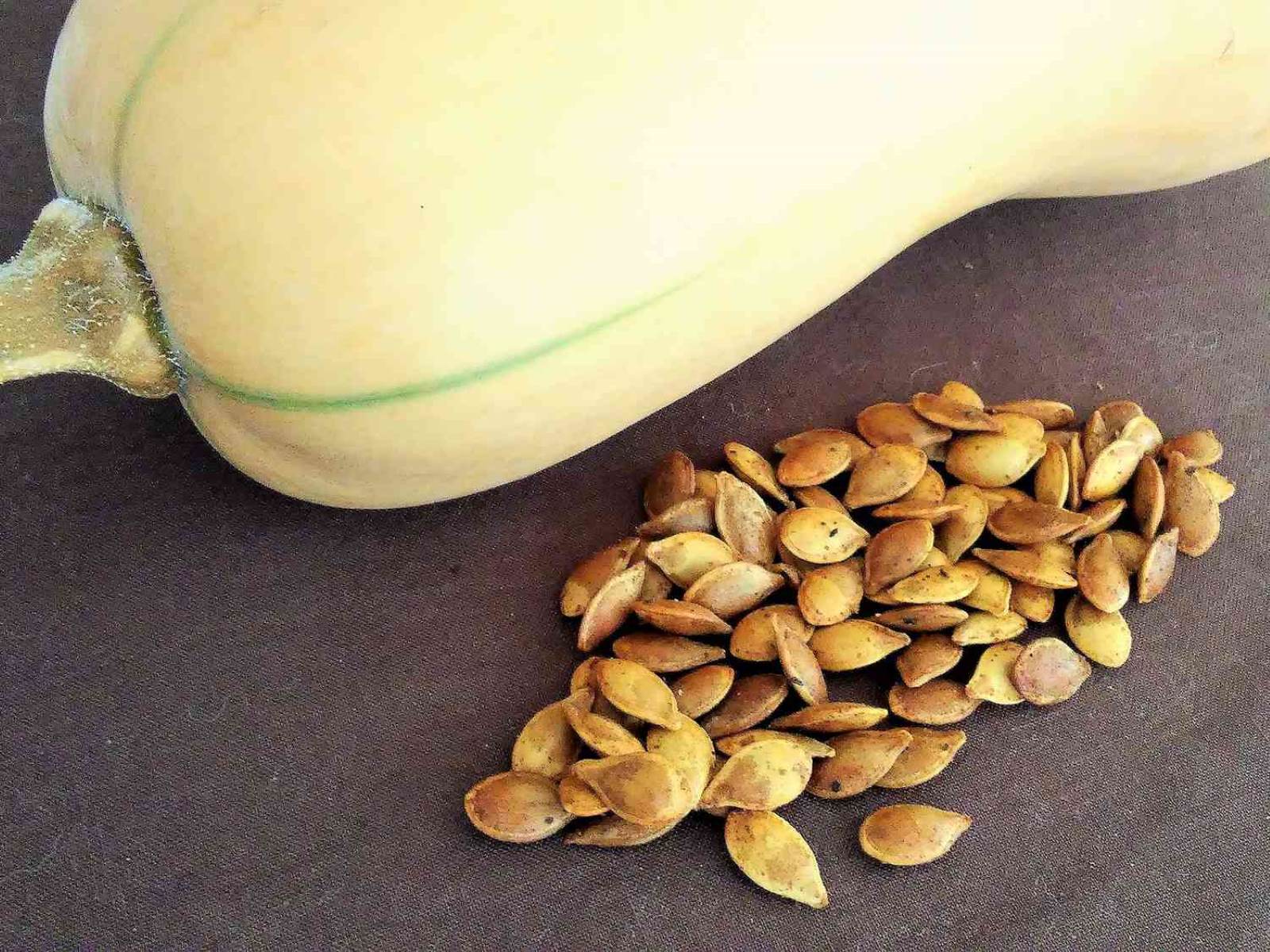

0 thoughts on “How To Store Delicata Squash”